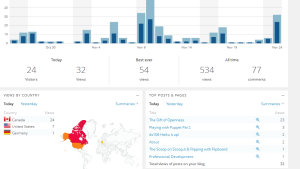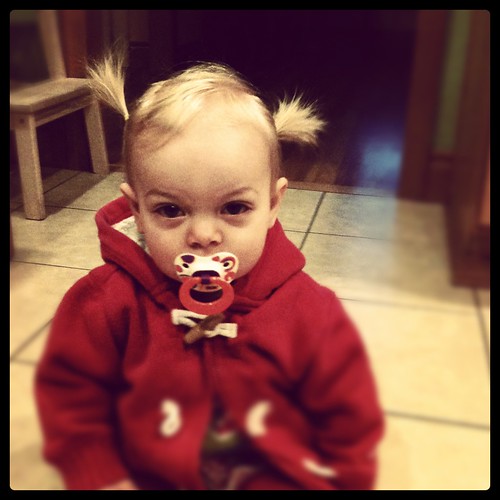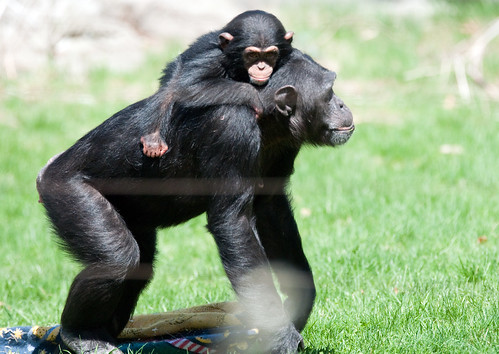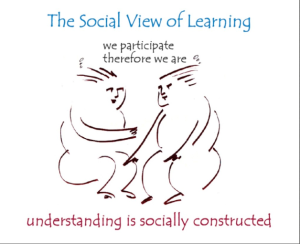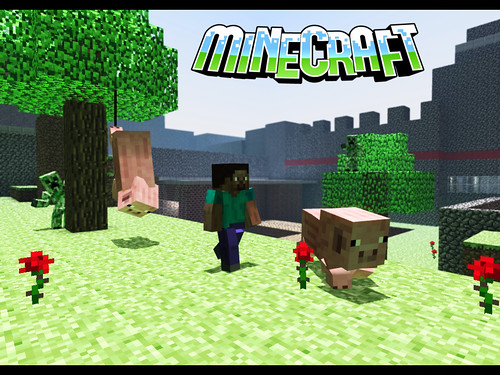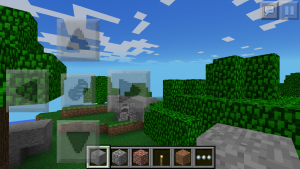
cc licensed ( BY ) flickr photo shared by Wesley Fryer
I have just completed the sixth of the ten required courses to receive my Masters in Education degree from the University of Regina. A few years ago I could not imagine myself on this educational journey. For the longest time I never imagined enter a Masters program. Frankly I didn’t think I was smart enough to get a Masters’ degree and I wasn’t sure I had the time or that I wanted to invest the time into reading journal articles. I started to consider the possibility when my sister completed her Masters’ degree and my husbands work situation changed and my ability to bring in more income become vital in order to help support my family I needed to get my Masters’ degree. An administrator gave me the final nudge and suggested to me that I should consider getting my Masters and she wonder why I hadn’t already. I had a lot of excuses why I couldn’t go back to school I was a mom, I worked full time, and I was scared. Twenty years ago when I completed my Bachelor’s degree at the University of Saskatchewan you had to go to the library, use a big book to find search terms, and go to the shelves to get the journal article you wanted to read. When you wanted to register for a class you stood in line all night to get a number so that you could stand in another line to register. I had no idea how to get an article from the library in my living room or to register for courses from my computer at midnight. I think I was at least two or not three versions of APA style behind. I was positive I had lost my academic voice and would not have a clue how to write a research paper.
Then My Magic Carpet Ride began.
I took my first class from Dr. Shauneen Pete. My eyes were opened to issues of social justice and the crisis facing First Nation and Metis children in a way that changed me. The first two page reflection I wrote for that class must have taken me twenty hours to complete. The annotated bibliography assignment we had I could have complete fifteen times over with the amount of resources I gathered and look through trying to find the perfect fit.
My next class laid the foundation of educational research. Thanks to Dr. Paul Hart and my classmates I began to understand phenomenology, grounded theory, narrative inquiry and so much more.
In my next class I started to believe that I could be successful in the Masters’ program, that I wasn’t faking it. I did belong. I must thank Dr. Andrea Sterzuk for helping me become a better writer. I started to realize what I was thinking did matter and that my teaching experience provided a unique perspective into classroom discussions. That what I was wondering about and the time I was willing to take to research my question was a valid response to the material being presented. I stated to realize that this learning opportunity was for me. I wasn’t interested in playing at learning I was interested in learning. I had questions that I wanted to examine.
The ECE summer institute with Dr. Patrick Lewis and Karen Wallace changed me personally and professionally. To be immersed in the process of learning and creating was amazing. To be free to learn and experience in a risk free environment without the worry of how will I be marked on what I was creating. I did not have to ask myself is my participation worth an 80, 85 or 90 was incredible freeing. What mattered was the process of being present not how well you could dance, sing or tell a story.
This fall I decided to try an online course which was a new experience for me. Connecting online with my peers and the world gave me the gifts of numerous professional development opportunities. I started to synthesize the information from the Summer Institutes and the ideas of creativity and connectedness. My world change again. Dr. Alec Couros, someone I had heard so many great things matched and surpassed his reputation.
Now my carpet ride would not be possible without the support of my husband, Keith, my niece, Kelsey and my parents. Knowing that Ben, my son is well taken care of, loved and developing his independence makes the carpet ride that much easier. I am forever grateful to you for allowing me the time and space to peruse my educational dream. Ben, I hope that I am teaching you something about the importance of education, the importance setting priorities and of making a commitment and sticking to it. Thank you Ben for waiting that minute while I finish reading an article. I love when you sit and watch a TED talks with me. Your insight always amazes me.
I am blessed to have had wonderful, passionate, knowledgeable instructors to guide my journey. I am excited to continue my learning adventure next term.



